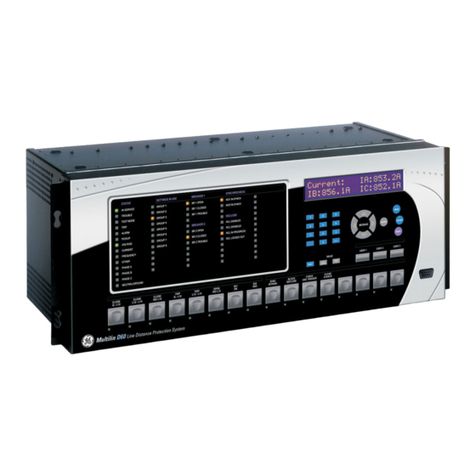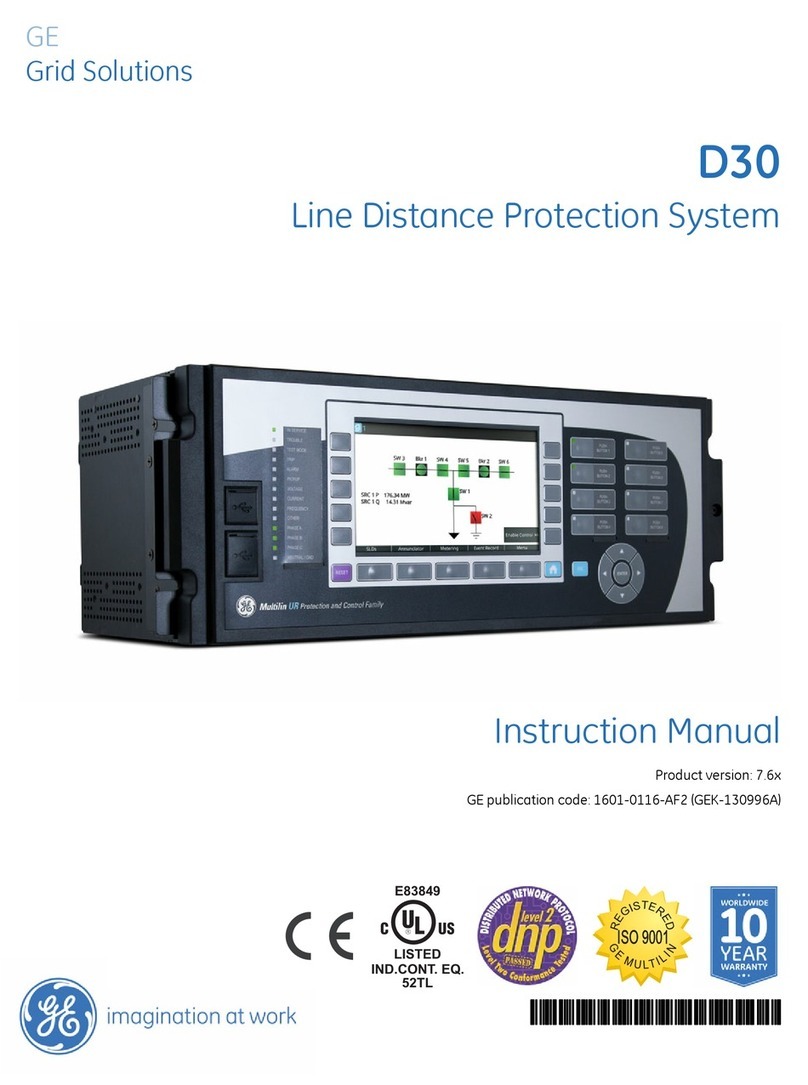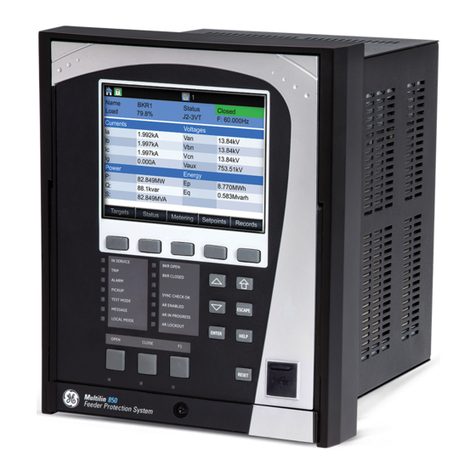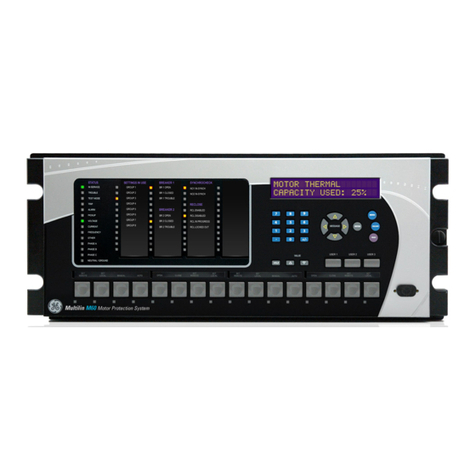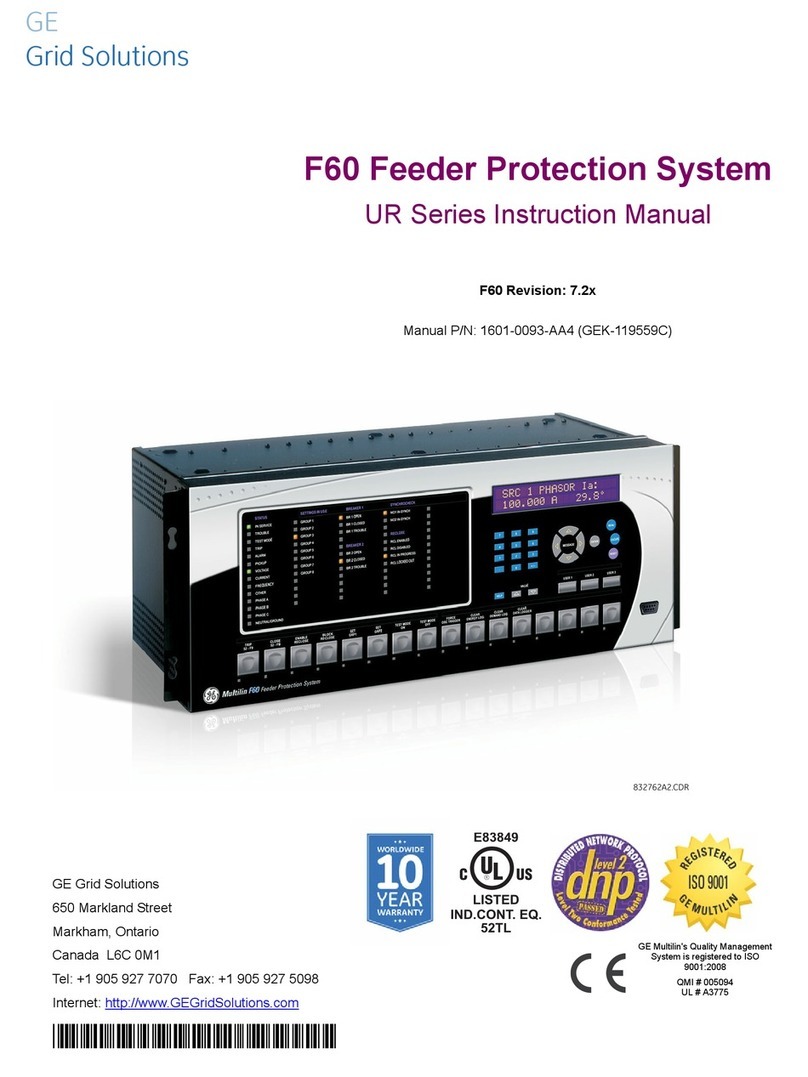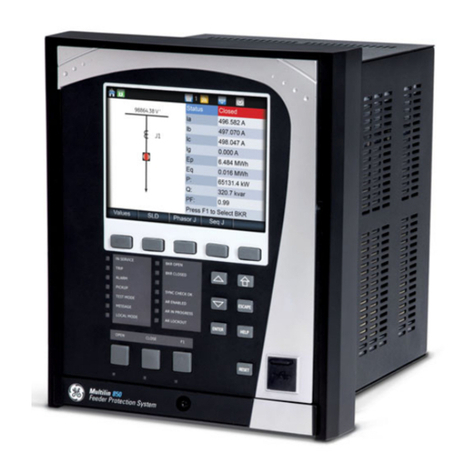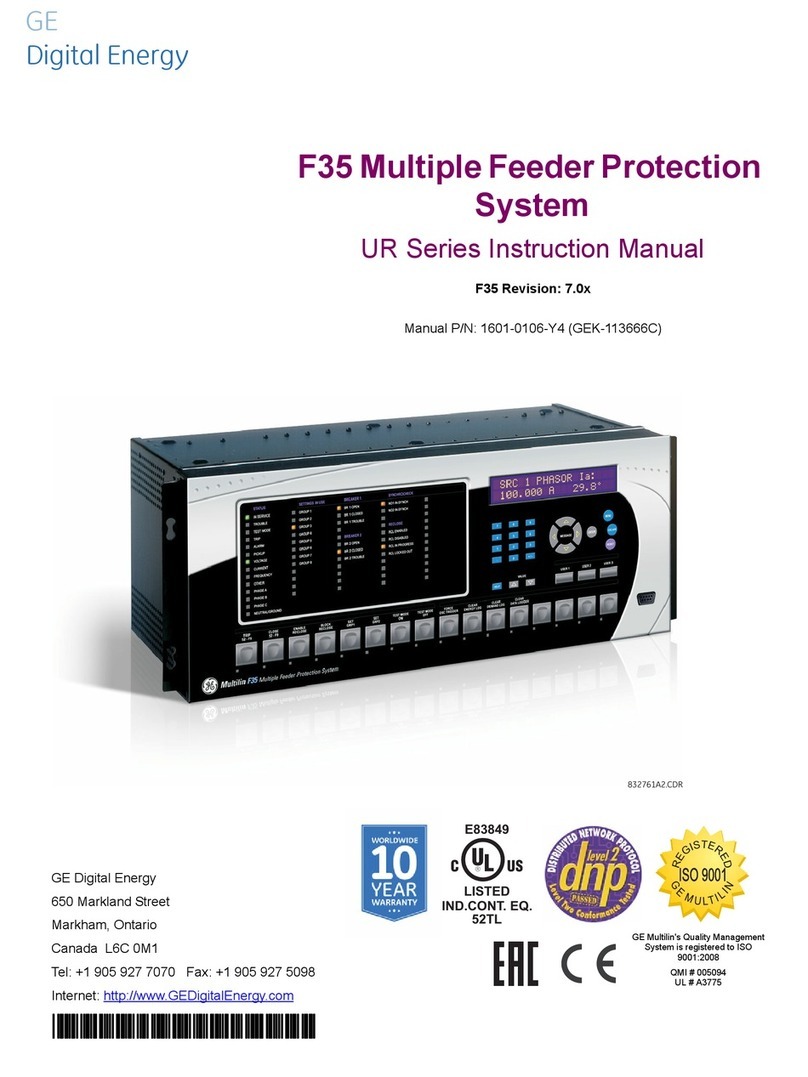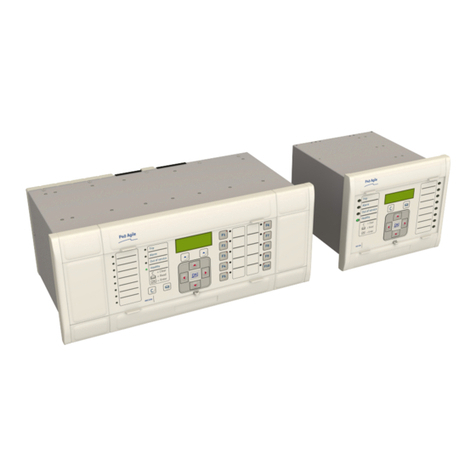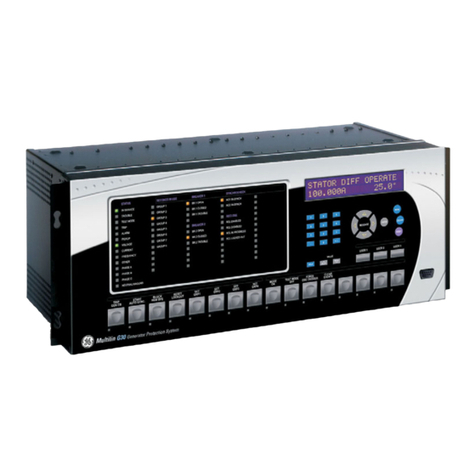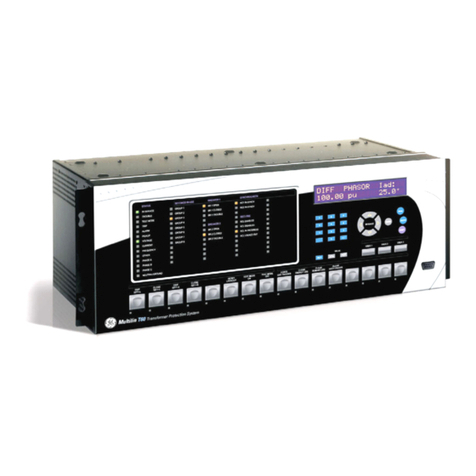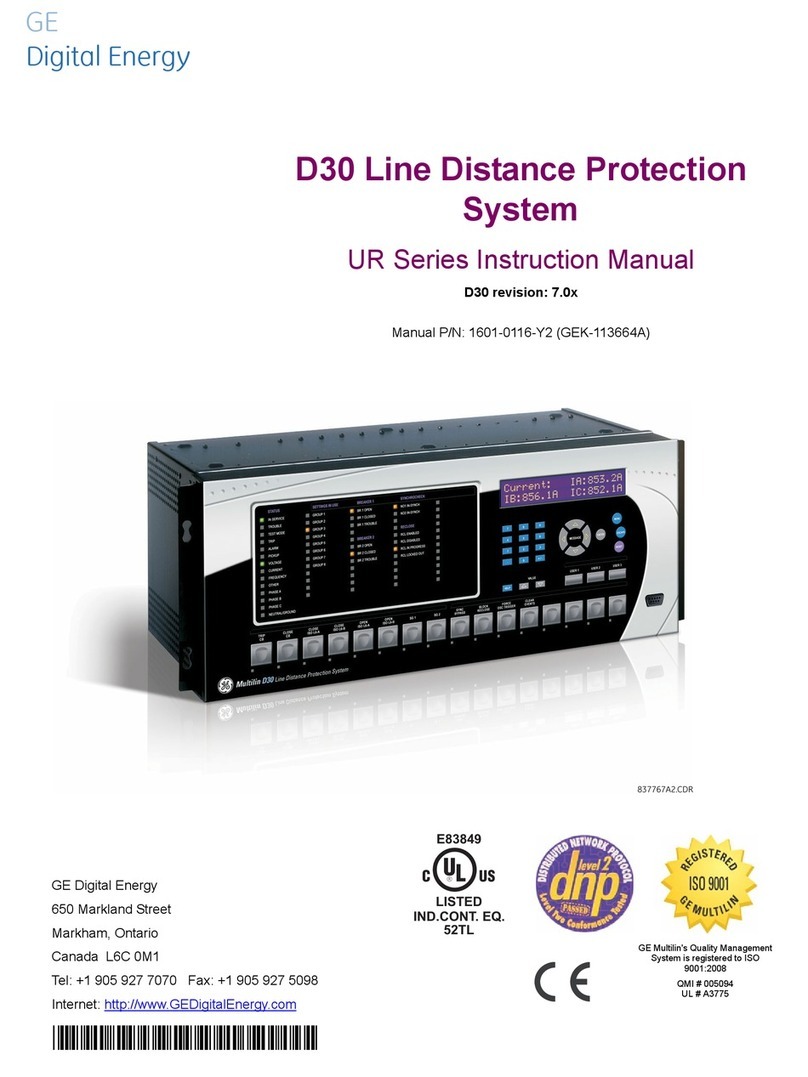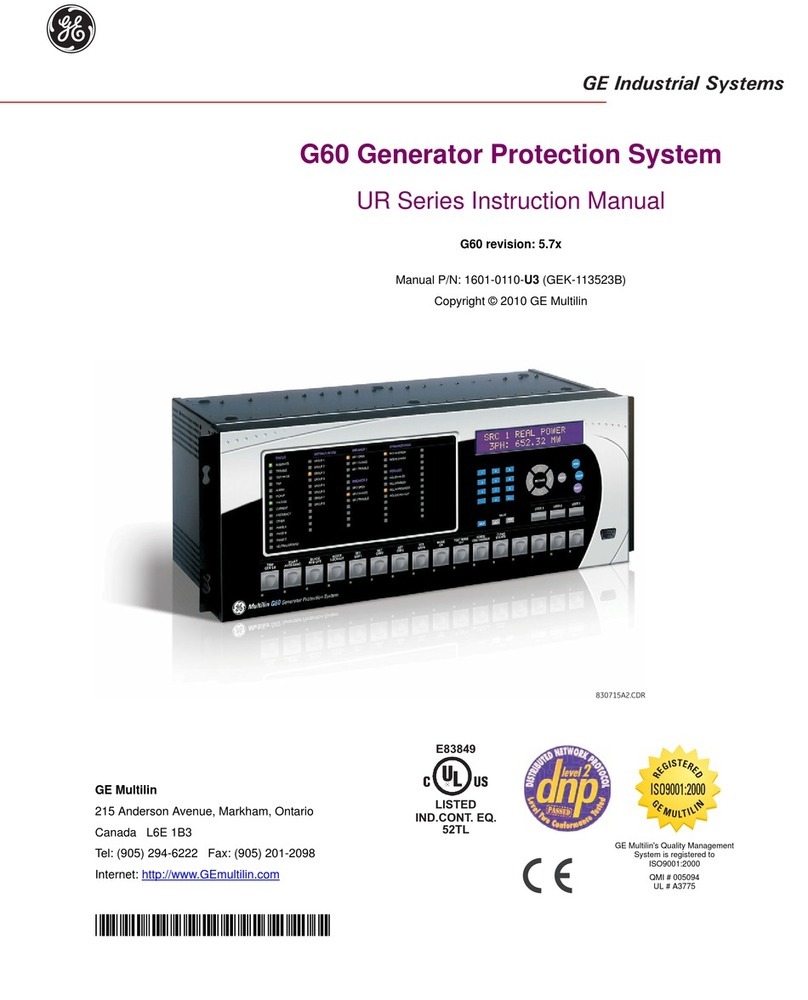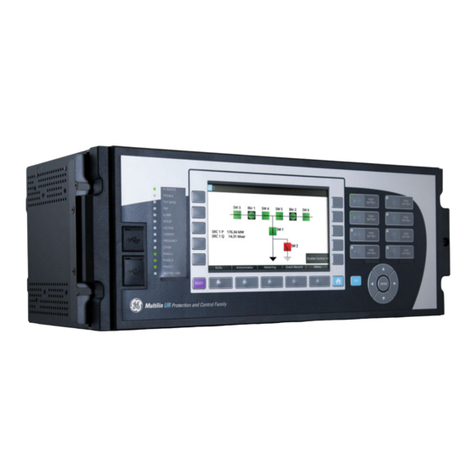
1–II LM10 MOTOR PROTECTION SYSTEM – INSTRUCTION MANUAL
TABLE OF CONTENTS
4: FUNCTIONALITY OVERCURRENT FAULT CONDITIONS ............................................................................4-25
DESCRIPTIONS ...................................................................................................................... 4-25
TRIP CURVES EXAMPLE ....................................................................................................... 4-27
CONFIGURATION SETTINGS ...........................................................................................4-29
OVERVIEW ............................................................................................................................ 4-29
MAIN MENU ......................................................................................................................... 4-30
LANGUAGE ............................................................................................................................ 4-31
CTSAND CPTS.................................................................................................................... 4-31
STARTER TYPE ......................................................................................................................4-32
RUN 1 AND RUN 2 SETUP ................................................................................................. 4-32
TIME DELAYS ........................................................................................................................ 4-34
OTHER SETTINGS ................................................................................................................. 4-34
AUXILIARY RELAY FAULTS .................................................................................................. 4-36
PASSCODE AND LOGIN ....................................................................................................... 4-37
RUN OPERATIONS ................................................................................................................ 4-38
FACTORY DEFAULT .............................................................................................................. 4-38
STATUS VALUES .................................................................................................................4-39
MAIN MENU ......................................................................................................................... 4-39
HISTORY VALUES ...............................................................................................................4-41
LAST TRIP DATA ................................................................................................................... 4-41
MOTOR START/STOP LOGIC ...........................................................................................4-42
5: COMMUNICATIONS DEVICENET OPERATIONS ................................................................................................5-45
DESCRIPTION ........................................................................................................................ 5-45
POLL DATA ........................................................................................................................... 5-45
IDENTITY OBJECT .................................................................................................................. 5-47
MESSAGE ROUTER ............................................................................................................... 5-47
DEVICENET OBJECT ............................................................................................................ 5-47
ASSEMBLY OBJECT .............................................................................................................. 5-48
CONNECTION OBJECT ......................................................................................................... 5-52
ACK HANDLER OBJECT ..................................................................................................... 5-54
OVERLOAD OBJECT ............................................................................................................. 5-54
EXTENSION OBJECT ............................................................................................................. 5-55
DATA FORMATS ................................................................................................................... 5-57
SPECIAL APPLICATION ......................................................................................................... 5-61
SERIAL PORT .......................................................................................................................5-63
DESCRIPTION ........................................................................................................................ 5-63
6: MISCELLANEOUS REVISION HISTORY ...........................................................................................................6-65
RELEASE DATES ................................................................................................................... 6-65
CHANGES TO THE MANUAL ................................................................................................ 6-65
WARRANTY .........................................................................................................................6-67
GE MULTILIN WARRANTY .................................................................................................. 6-67
APPENDIX DEVICENET OVERVIEW ....................................................................................................A-1
DESCRIPTION ........................................................................................................................ A-1
CONTROLLER AREA NETWORK (CAN) .............................................................................. A-2
DEVICENET OPERATIONS ................................................................................................... A-2
EXPLICIT MESSAGING AND INPUT/OUTPUT (I/O) MESSAGING ..................................... A-3
PRE-DEFINED MASTER/SLAVE CONNECTION SET ...........................................................A-3







